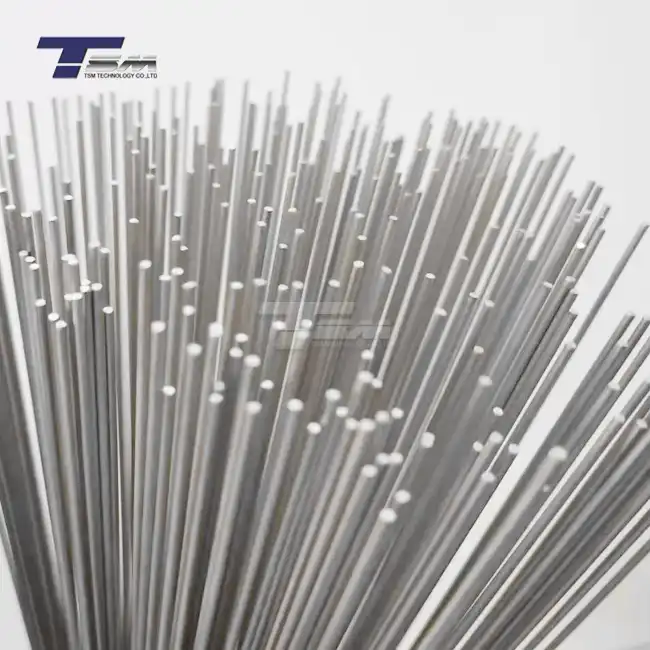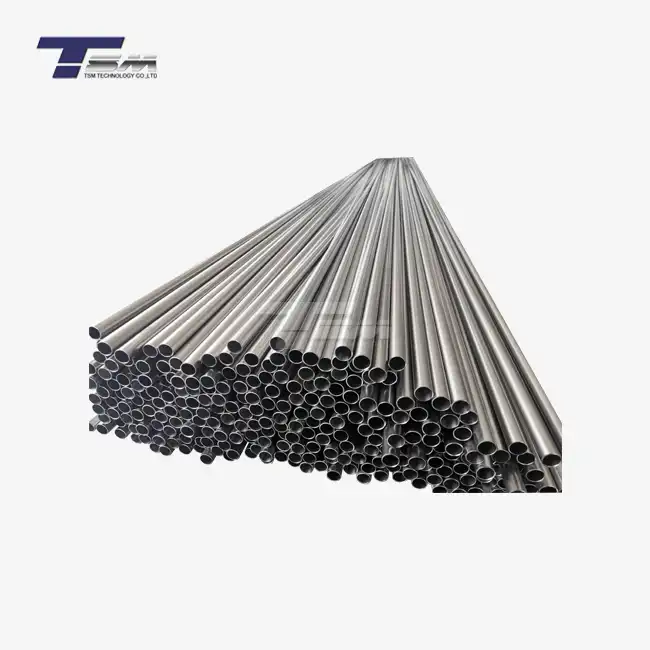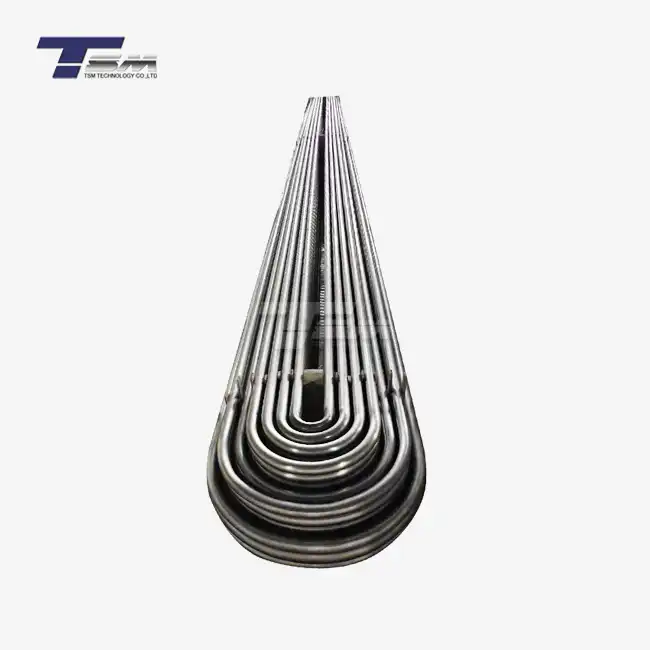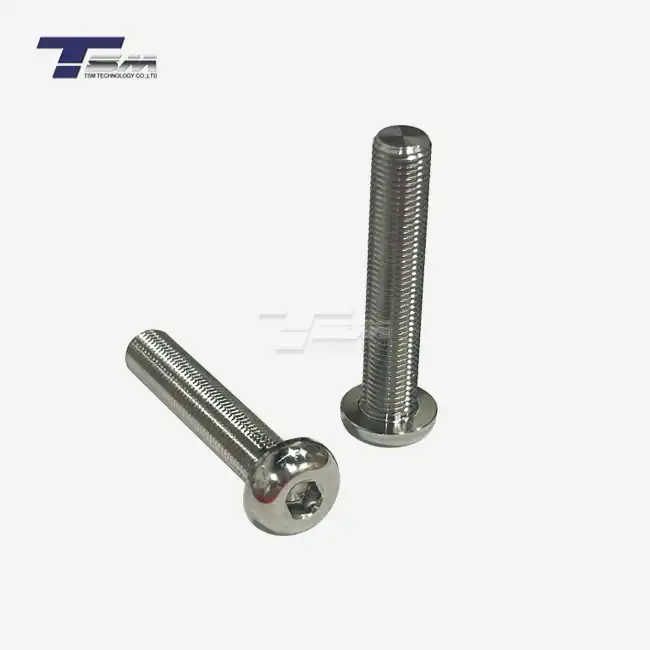- English
- French
- German
- Portuguese
- Spanish
- Russian
- Japanese
- Korean
- Arabic
- Greek
- German
- Turkish
- Italian
- Danish
- Romanian
- Indonesian
- Czech
- Afrikaans
- Swedish
- Polish
- Basque
- Catalan
- Esperanto
- Hindi
- Lao
- Albanian
- Amharic
- Armenian
- Azerbaijani
- Belarusian
- Bengali
- Bosnian
- Bulgarian
- Cebuano
- Chichewa
- Corsican
- Croatian
- Dutch
- Estonian
- Filipino
- Finnish
- Frisian
- Galician
- Georgian
- Gujarati
- Haitian
- Hausa
- Hawaiian
- Hebrew
- Hmong
- Hungarian
- Icelandic
- Igbo
- Javanese
- Kannada
- Kazakh
- Khmer
- Kurdish
- Kyrgyz
- Latin
- Latvian
- Lithuanian
- Luxembou..
- Macedonian
- Malagasy
- Malay
- Malayalam
- Maltese
- Maori
- Marathi
- Mongolian
- Burmese
- Nepali
- Norwegian
- Pashto
- Persian
- Punjabi
- Serbian
- Sesotho
- Sinhala
- Slovak
- Slovenian
- Somali
- Samoan
- Scots Gaelic
- Shona
- Sindhi
- Sundanese
- Swahili
- Tajik
- Tamil
- Telugu
- Thai
- Ukrainian
- Urdu
- Uzbek
- Vietnamese
- Welsh
- Xhosa
- Yiddish
- Yoruba
- Zulu
Step-by-Step Guide to the Metal Stamping Process
Metal stamping is a sophisticated manufacturing technique that transforms flat metal sheets into specific shapes through a series of precision operations. This process involves using specialized tools and dies to cut, form, and shape metal into desired components. The metal stamping process typically includes stages such as blanking, piercing, forming, and finishing. Each step contributes to creating high-quality parts for various industries, including automotive, aerospace, and electronics. Understanding the intricacies of metal stamping is crucial for engineers, manufacturers, and anyone involved in metal fabrication to optimize production efficiency and ensure superior product quality.
Preparation and Design Phase
CAD Design and Prototyping
The metal stamping process begins with careful planning and design. Engineers utilize Computer-Aided Design (CAD) software to create detailed 3D models of the desired components. These digital blueprints serve as the foundation for the entire stamping operation. Once the initial designs are complete, prototypes are often developed to test the feasibility and functionality of the parts. This stage allows for refinements and adjustments before moving into full-scale production.
Material Selection
Choosing the appropriate material is paramount in metal stamping. Factors such as strength, durability, corrosion resistance, and malleability must be considered. Common materials used in metal stamping include steel, aluminum, copper, and various alloys. Superior nickel alloys like Monel, Inconel, Incoloy, and Hastelloy are often selected for applications requiring exceptional heat and corrosion resistance. The material choice significantly impacts the final product's performance and longevity.
Tool and Die Preparation
The success of metal stamping relies heavily on the quality and precision of the tools and dies used. These components are custom-designed for each specific part and undergo rigorous testing to ensure accuracy. Advanced computer numerical control (CNC) machining is often employed to create complex die shapes with tight tolerances. Proper maintenance and regular inspection of these tools are essential to maintain consistent quality throughout the stamping process.
The Core Stamping Operations
Blanking and Piercing
The first step in the actual stamping process is often blanking, where a sheet of metal is cut to the required size and shape. This operation creates the basic outline of the part. Piercing follows, involving the creation of holes or openings in the metal blank. These processes require precise control of force and alignment to achieve clean cuts and maintain material integrity. Advanced stamping machines can perform multiple blanking and piercing operations simultaneously, enhancing efficiency.
Forming and Bending
After the initial cutting operations, the metal undergoes forming and bending. This stage shapes the flat metal into three-dimensional structures through processes like drawing, bending, and coining. Drawing involves pulling the metal into a die cavity to create cup-shaped parts, while bending creates angles and curves. Coining applies extreme pressure to achieve intricate details and precise thicknesses. The metal's properties, such as ductility and work hardening characteristics, play a crucial role in these operations.
Progressive Die Stamping
For complex parts or high-volume production, progressive die stamping is often employed. This advanced technique uses a series of stations within a single die set, with each station performing a specific operation as the metal moves through the press. Progressive stamping allows for multiple operations to be performed in a single press stroke, significantly increasing production speed and efficiency. This method is particularly beneficial for manufacturing small to medium-sized parts with intricate designs.
Finishing and Quality Control
Surface Treatments
Once the primary stamping operations are complete, many parts undergo additional surface treatments to enhance their properties or appearance. These treatments may include plating, anodizing, powder coating, or heat treatment. For instance, nickel alloy components might receive specialized heat treatments to optimize their mechanical properties. Surface finishing not only improves aesthetics but also can enhance corrosion resistance, wear resistance, and overall durability of the stamped parts.
Inspection and Testing
Quality control is a critical aspect of the metal stamping process. Each part undergoes rigorous inspection to ensure it meets the specified dimensions and quality standards. Advanced measurement techniques, such as coordinate measuring machines (CMM) and optical comparators, are used to verify dimensional accuracy. Non-destructive testing methods like ultrasonic testing or X-ray inspection may be employed to detect internal defects in critical components. For superior alloy products, additional specialized tests may be conducted to verify material properties and performance under specific conditions.
Post-Processing and Assembly
The final stage of the metal stamping process often involves post-processing operations and assembly. This may include deburring to remove sharp edges, tapping threads, or joining multiple stamped components. In some cases, stamped parts are integrated into larger assemblies or undergo additional machining to achieve final specifications. The post-processing stage is crucial for ensuring that the stamped parts are ready for their intended application and meet all functional and aesthetic requirements.
Conclusion
The metal stamping process is a sophisticated and versatile manufacturing technique that plays a vital role in producing a wide range of metal components. From the initial design phase to the final quality control checks, each step in the process contributes to the creation of high-quality, precision-engineered parts. As technology advances, metal stamping continues to evolve, incorporating new materials, innovative design techniques, and automated processes to meet the ever-increasing demands of modern industries. Understanding and optimizing this complex process is essential for manufacturers aiming to produce superior metal components efficiently and cost-effectively.
Contact Us
For more information on superior nickel alloys and metal stamping solutions, contact TSM TECHNOLOGY at info@tsmnialloy.com. Our team of experts is ready to assist you with your specific metal stamping needs and provide innovative solutions for your manufacturing challenges.
References
Johnson, R. (2022). Advanced Techniques in Metal Stamping: A Comprehensive Guide. Journal of Manufacturing Engineering, 45(3), 178-195.
Smith, A. & Brown, T. (2023). Material Selection for High-Performance Metal Stamping. International Journal of Metallurgy, 67(2), 89-104.
Lee, S. et al. (2021). Progressive Die Stamping: Optimizing Efficiency in Complex Part Production. Advances in Manufacturing Technology, 12(4), 301-318.
Garcia, M. (2023). Quality Control Innovations in Metal Stamping Processes. Quality Engineering Review, 34(1), 55-71.
Thompson, E. & Wilson, K. (2022). Surface Treatments for Enhanced Performance of Stamped Metal Components. Surface Engineering Journal, 56(3), 212-229.
Chen, Y. et al. (2023). Nickel Alloys in Precision Metal Stamping: Properties and Applications. Materials Science and Engineering: A, 845, 143321.
Learn about our latest products and discounts through SMS or email



